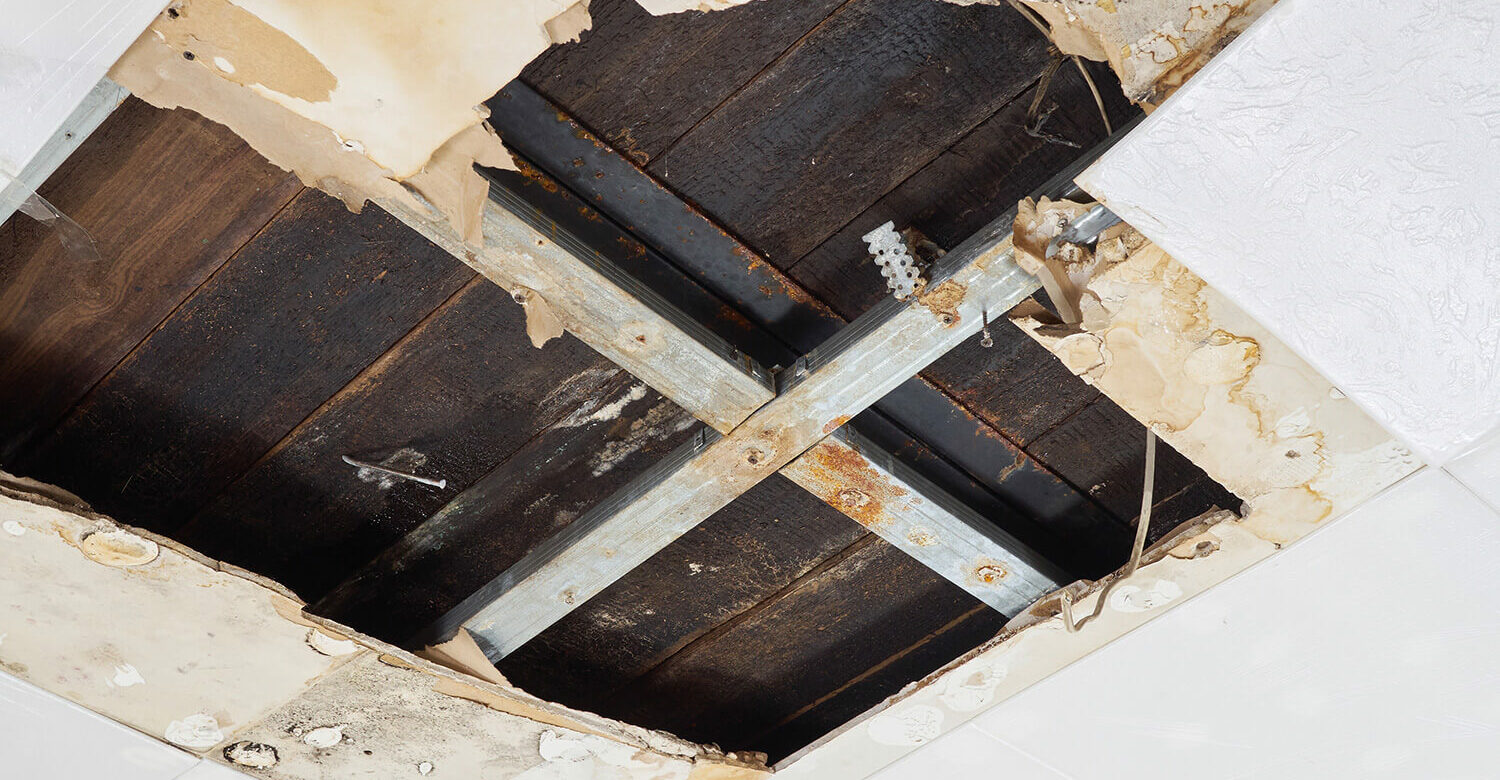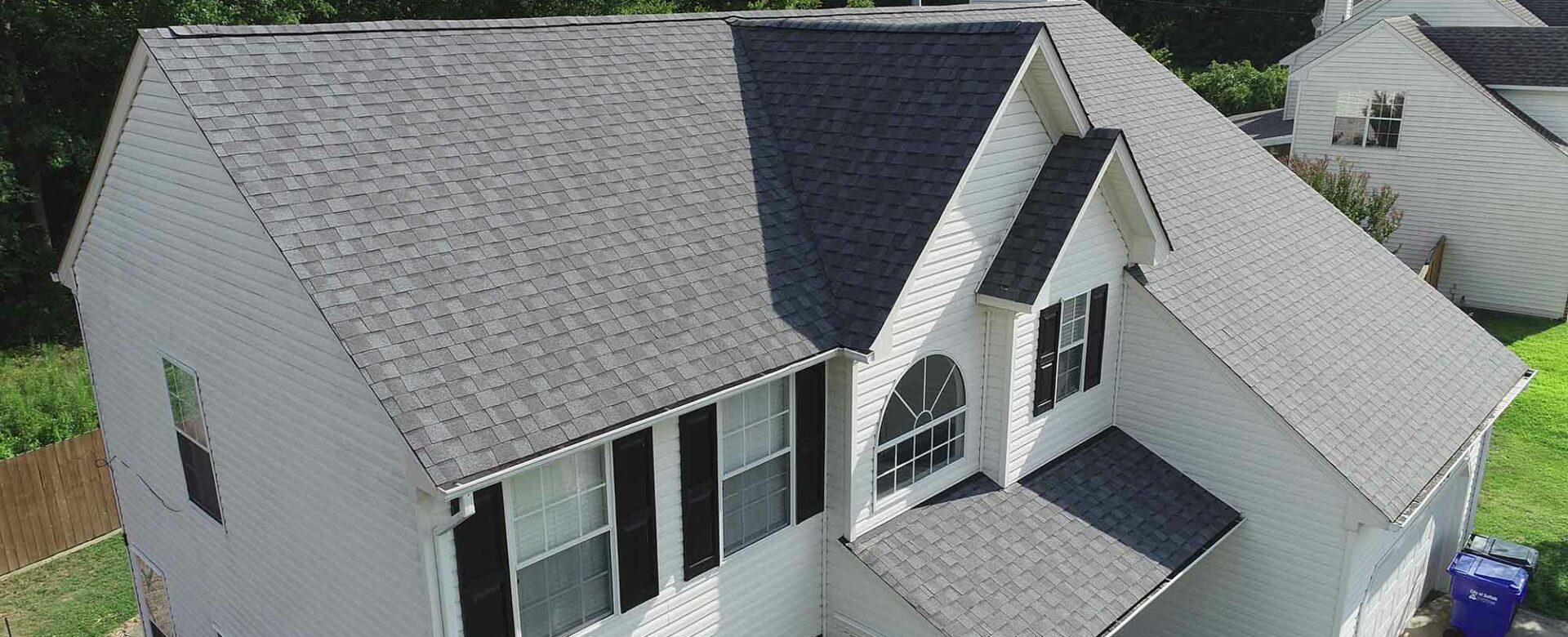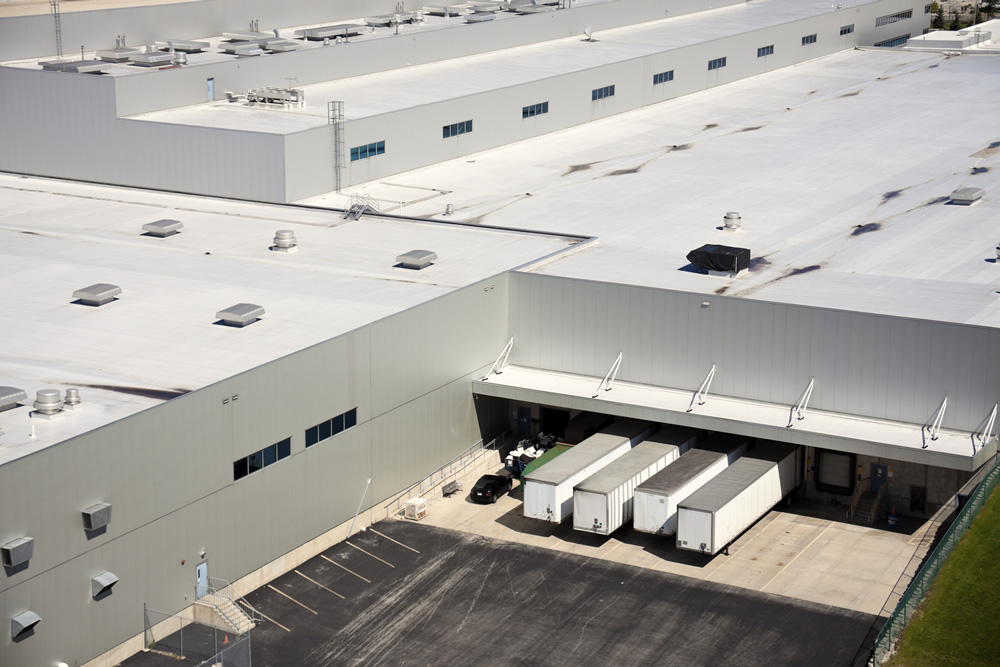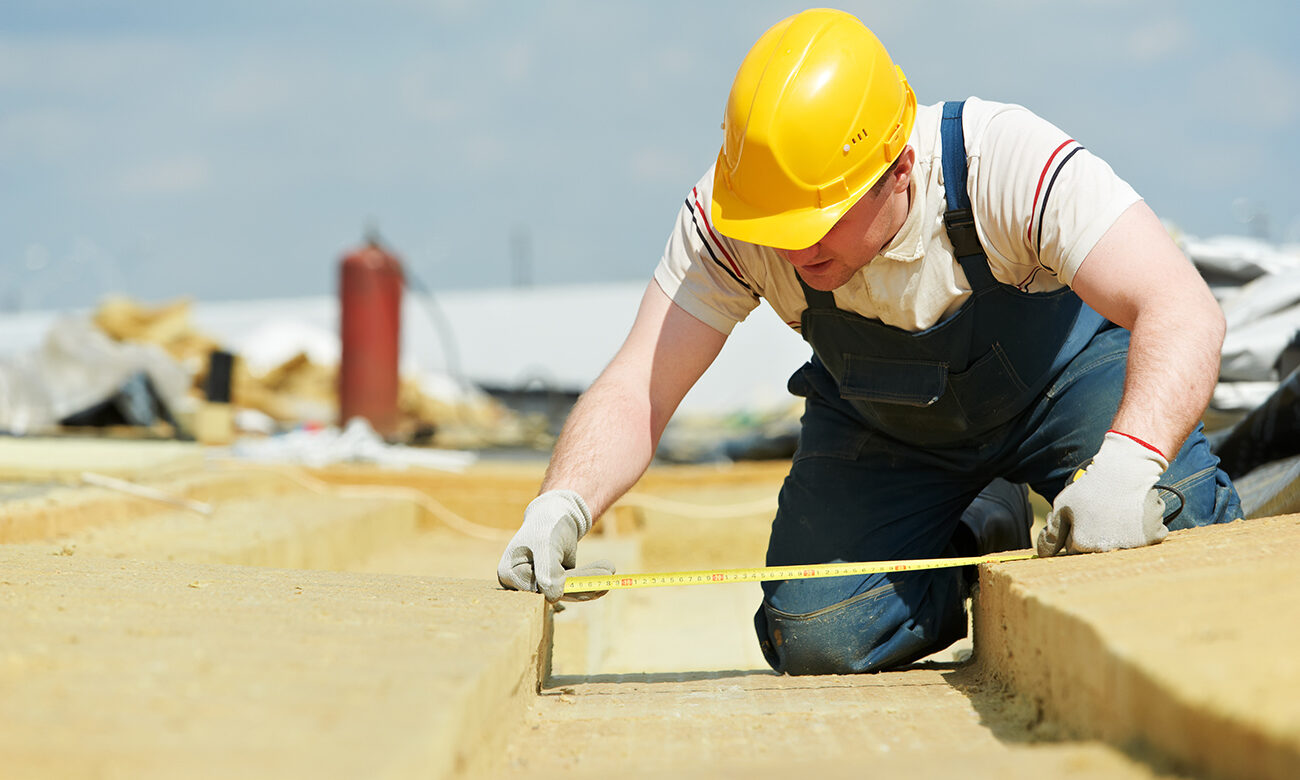Your roof is a critical part of your commercial building. If your commercial roof is compromised in any way, it can lead to exponential costs and headaches in the future. Whether you own your business location, an apartment complex, or office building, understanding potential issues is critical. Learn more about these common issues caused by a leaking roof.
Mold Growth
The first thing that will happen when a roof leaks is that water will enter your roofline and begin to soak into interior elements. Very quickly, this will cause mold growth. Mold only needs a few basic features in order to start growing in your building:
- Moisture
- Heat
- A food source
Some common food sources for mold are drywall and carpeting, but mold and mildew can grow on the grout of a bathroom floor, on your insulation, and even on the wood frame of your building.
Rotting Wood
As mold grows and moisture soaks into your wood support beams, it could reduce the strength of your entire support structure. Over time, it could create a dangerous situation. From a sagging roof line to a complete collapse of your commercial roof, it’s best to prevent water damage before your framing begins to rot.
Compromised Insulation
Finally, a leak in your roof could cause your insulation to become wet. Most buildings are insulated with fiberglass insulation. This insulating material uses air pockets between the fibers to create a heat barrier. When exposed to water, fiberglass insulation will become heavy and crumple. Not only will this reduce its insulating properties, it could add significant weight to your commercial ceiling, creating a dangerous situation.
Don’t let a lack of maintenance or prompt repairs compromise your roof. Contact Andrews Roofing today to have your commercial roof inspected, repaired, or replaced. Protect your investment and ensure a reliable water barrier for years to come by calling 757-296-0553 or emailing us today!





